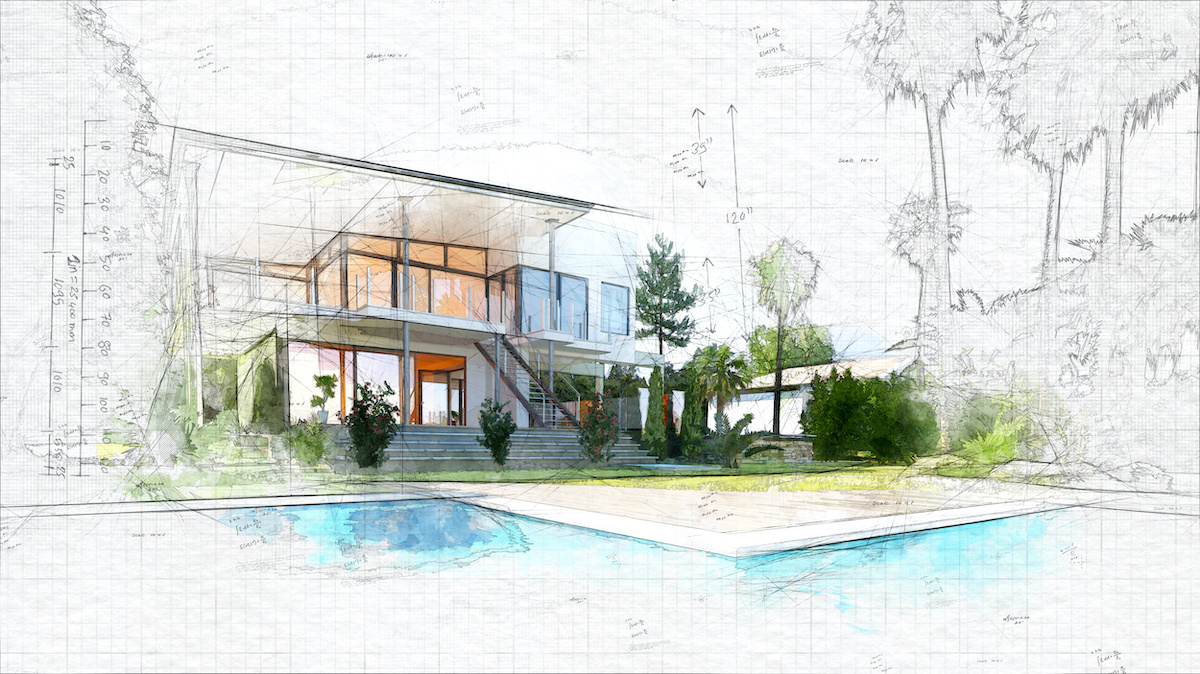A Comprehensive Summary of Building Designs and Their Impact on Modern City Preparation and Growth
Building designs have actually long offered as a mirror to the societal values and technical improvements of their time, playing a crucial duty fit modern-day city preparation and growth. From the grandeur of Neoclassicism to the utilitarian approach of Brutalism, each style has introduced unique concepts that influence urban aesthetic appeals and performance. As modern difficulties develop, including sustainability and neighborhood needs, understanding these historical structures comes to be crucial. The resulting discussion not just notifies future style practices but additionally elevates significant concerns regarding the balance in between heritage and technology in our progressing metropolitan landscapes.
Historical Summary of Building Designs

As societies transitioned through the Center Ages, Gothic style arised, identified by its verticality and elaborate describing, mirroring the spiritual goals of the period. The Renaissance noted a resurgence of classical ideals, combining art and design in ingenious ways that affected succeeding styles across Europe.

Today, architectural styles remain to evolve, driven by globalization and sustainability worries, mirroring a dynamic interaction in between heritage and technology. This historic review underscores the relevance of architecture as a mirror of societal evolution and as a stimulant for urban advancement.
Trick Architectural Styles Explained
The diversity of architectural designs mirrors the myriad influences that form our built atmosphere, each symbolizing distinctive characteristics and cultural relevances. Trick architectural styles include Classic, Gothic, Baroque, Innovation, and Postmodernism, each standing for one-of-a-kind historic contexts and visual philosophies.
Classic design, rooted in old Greece and Rome, stresses proportion, proportion, and the use of columns (cda architects). In contrast, Gothic design, growing between Ages, is identified by sharp arcs, ribbed safes, and flying buttresses, developing a heavenly quality in basilicas. Baroque design, emerging in the 17th century, is marked by splendour, fancy decoration, and a dynamic interplay of light and shadow
Modernism, which gained energy in the very early 20th century, focuses on feature over type, utilizing brand-new products like steel and glass to develop minimal structures. Postmodernism, responding versus the austerity of Innovation, embraces eclecticism and historic recommendation, commonly including lively aspects and irony.

Influence on Urban Planning
In forming the growth of cities, building designs considerably influence metropolitan preparation choices. The selection of building style frequently dictates the appearances, functionality, and overall character of urban atmospheres.
Furthermore, architectural styles can impact zoning laws and land use policies. Urban coordinators need to take into consideration the dominating building fads when making areas, making certain that brand-new growths harmonize with existing frameworks. This factor to consider cultivates natural metropolitan landscapes and improves neighborhood identity.
The application of particular architectural styles can also influence socioeconomic factors within a city. As an example, premium modern styles may attract affluent homeowners and organizations, bring about gentrification, while extra economical housing solutions could focus on useful and sustainable layouts to suit varied populations. Ultimately, the interaction between building styles and city planning creates vibrant cities that reflect both historic context and contemporary requirements, shaping the lived experiences of their citizens
Sustainability and Modern Design
Building styles play a crucial function in resolving contemporary obstacles, especially in the world of sustainability. Get More Info As metropolitan locations expand and ecological concerns escalate, modern style increasingly accepts lasting style concepts that focus on energy performance, resource conservation, and marginal ecological effect.
Contemporary building movements, such as biophilic style and environment-friendly architecture, supporter for frameworks that harmonize with their surroundings, making use of all-natural materials and promoting biodiversity. These designs frequently include renewable energy sources, such as solar panels and wind generators, to lower reliance on nonrenewable fuel sources and reduced carbon impacts.
Moreover, the combination of sophisticated modern technologies, such as wise building systems, boosts power management, optimizing source usage while guaranteeing passenger convenience. Cutting-edge water monitoring techniques, including rain harvesting and greywater recycling, more add to lasting city environments.
Notably, sustainability extends beyond environmental issues; it includes social and economic dimensions also. By fostering community well-being and promoting inclusivity, modern building designs straighten with lasting advancement goals. As a result, the evolution of architectural practices proceeds to form durable cities that not only meet the needs of the present yet additionally secure the future for generations to find.
Neighborhood Interaction in Design
Community involvement in style serves as a vital bridge between architects and the populaces they offer, making sure that the developed environment mirrors the requirements and goals of its customers. This collective process welcomes neighborhood members to add their insights and choices, promoting a sense of possession and responsibility towards the areas they live in.
Efficient community interaction employs numerous approaches, such as workshops, surveys, and public online forums, to gather varied perspectives. These strategies assist in a two-way dialogue, enabling architects to comprehend neighborhood contexts while equipping homeowners to voice their problems and wishes. This inclusivity not just enhances the style top quality however additionally promotes social equity by attending to the unique difficulties encountered by marginalized groups.
Additionally, area engagement can bring about next page cutting-edge services that may not arise in a conventional style procedure. By integrating regional expertise and social values, architects can create areas that reverberate even more deeply with users, enhancing functionality and sustainability. Inevitably, focusing on community involvement in layout procedures results in environments that nurture social interactions, assistance health, and reinforce community ties, thus playing an essential duty in forming modern-day urban landscapes.
Conclusion
Architectural styles have actually exceptionally influenced modern city preparation and advancement, showing evolving social and Source technical contexts. As cities continue to expand and adjust, the ongoing discussion in between building heritage and modern layout concepts will remain essential in developing comprehensive, dynamic rooms that improve quality of life and advertise social equity.